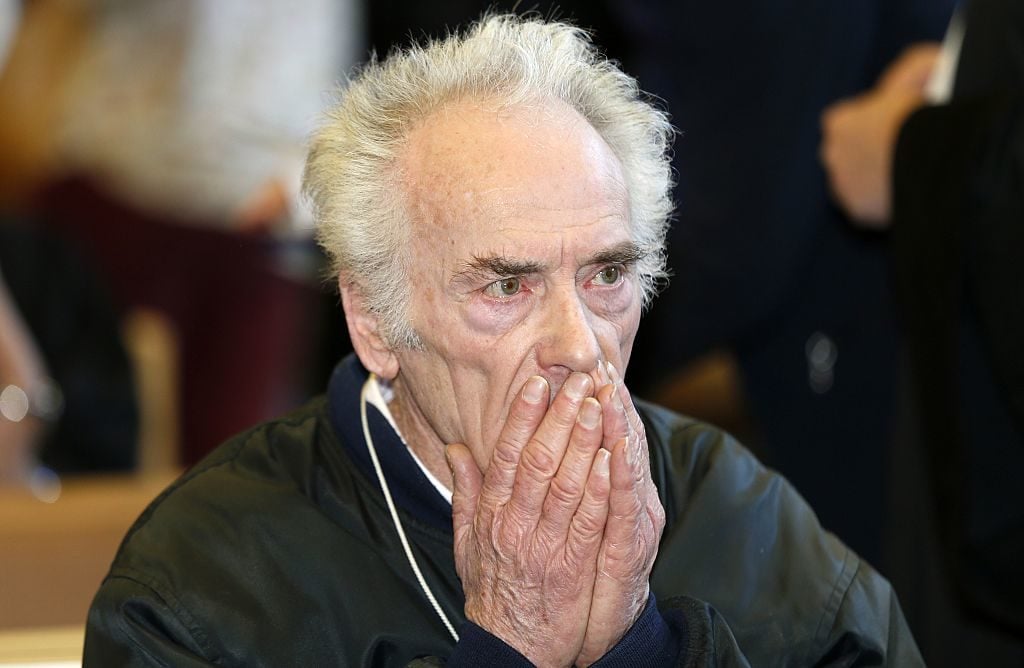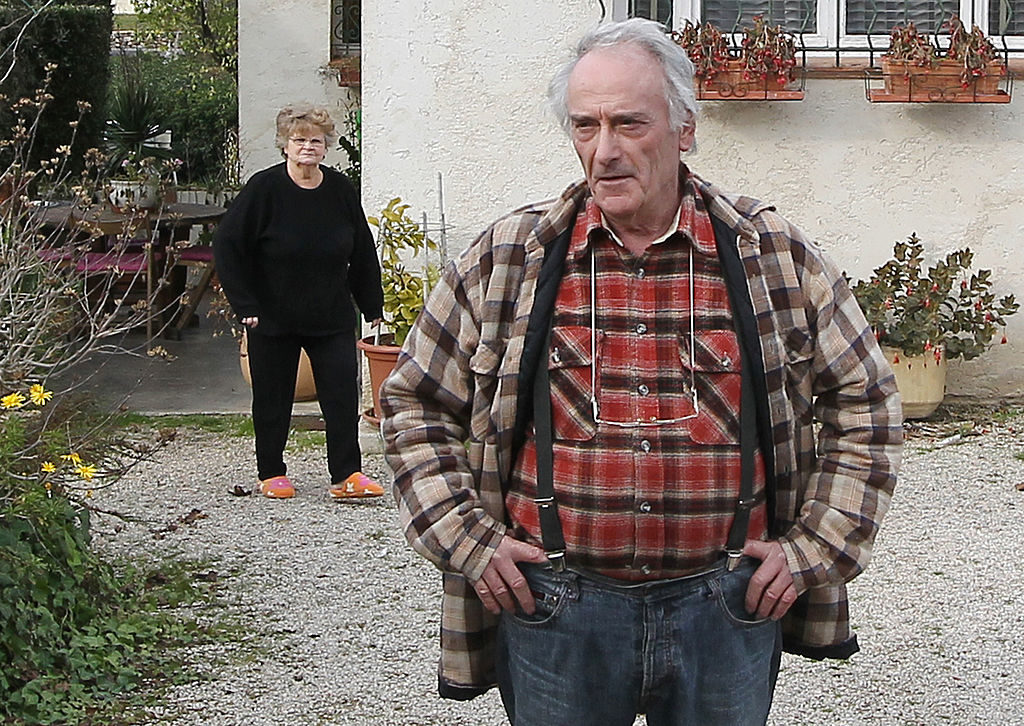Law & Politics
Picasso’s Electrician Back in Court, Admits to Lying at Earlier Trial
Pierre Le Guennec now says Jacqueline Picasso may have been hiding artwork from Picasso's son.

Pierre Le Guennec now says Jacqueline Picasso may have been hiding artwork from Picasso's son.

Alyssa Buffenstein

In an appeal court in Aix-en-Provence, France, taking place on Monday, new information has come to light regarding the shocking case of the 271 works by Pablo Picasso that were kept hidden in a garage for four decades by Pierre Le Guennec and his wife.
Le Guennec, a retired electrician who worked on the artist’s home in the 1970s, has now said he lied in an earlier trial in order to protect himself and Jacqueline Picasso from being accused of stealing the drawings, collages, lithographs, and watercolors from the years 1900 to 1932, the Guardian reports.
Legal proceedings originally began in 2010, when Le Guennec and his wife rediscovered the artwork that had been sitting in their garage since at least 1973. They took a suitcase of works to Paris to be verified by the artist’s estate, which recognized them as true Picassos. But, smelling something fishy, the artist’s estate then called the police, who raided the electrician’s garage and found a whopping 271 works.
Le Guennec then claimed that Jacqueline Picasso—who was married to the legendary artist from from 1961 until his death in 1973—gave him a box full of artwork, and told him to “take it home,’ in the year 1971 or 1972, while the artist was still alive.
In March 2015, a court found the couple guilty of possession of stolen goods, giving them two-year suspended sentences. The works were returned to Claude Picasso—son of the artist and Françoise Gilot—who manages the Picasso Administration.

Danielle and Pierre Le Guennec front of their home on November 29, 2010 in Mouans-Sartoux, southeastern France. Photo courtesy Valery Hache/AFP/Getty Images.
Now, further court proceedings reveal a slightly different story, with Le Guennec admitting not to telling the whole truth in the earlier trial. Apparently, as the new story goes, Jacqueline asked Le Guennec to temporarily store 15 to 17 trash bags full of artwork in 1973, after the artist’s death. She eventually took the works back, but gave one bag to the electrician to keep.
In court on Monday, Le Guennec said that Jacqueline “had problems with Claude,” implying that the she may have wanted to keep the works away from her stepson, and prevent them from being inventoried and passed on to him.
Le Guennec admits to not being an art connoisseur—he reportedly seemed not to have heard of the MoMA—making him an unlikely suspect for trying to cash in on his chunk of Picasso’s market. Claude Picasso’s lawyer, however, has accused the works of being involved in a ring of “international stolen art laundering.”
The Le Guennecs could face up to five years in prison and a fine either equal to half the value of the artwork in question, or €375,000, whichever figure ends up being higher. The works have been unofficially estimated to be worth over €60 million.